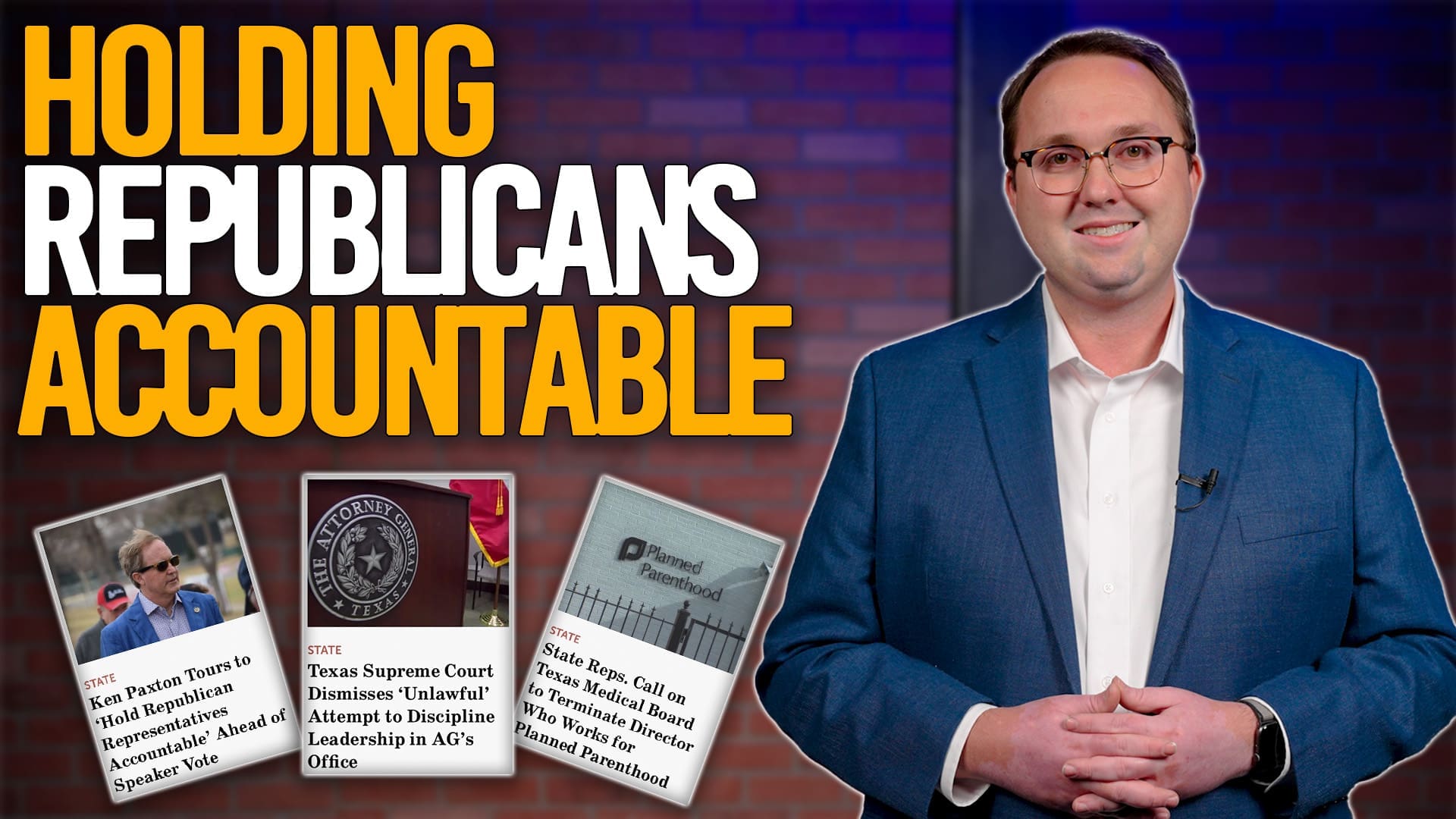Why are Austin officials still trying to shut down the city?
Or, to rephrase that question: After government officials repeatedly shut down the city and forced at least 132,000 Austinites out of work, and after recent data revealed not only that the coronavirus has subsided locally but that officials made disastrous errors and raised false alarms, why are local officials still insisting on blocking countless Austinites from affording food and rent?
That’s a better way to put it.
Here’s what we know about the current coronavirus reality in Austin: the number of new cases has dropped dramatically (down to 89 for the most recent weekly moving average); the number of individuals going to the hospital has continually slowed (down to the lowest weekly moving average since mid-June); many of the numbers have been wildly inaccurate and overblown; and local officials are now moving the goalposts to keep the city shut down.
But one thing at a time. First, the good news.
Last week, Austin-Travis County Interim Health Authority Dr. Mark Escott downgraded the city to Stage 3 on their self-created “risk-based guidelines” chart because the numbers keep falling; this week, he reiterated that the numbers are continuing to subside.
Then there’s also the part about the false alarms.
Escott added the supposed recent “spike” of coronavirus cases over the past couple months was, in reality, a “reporting error,” a backlogged pile of state laboratory data they just received earlier this month that contained cases dating as far back as April. Dr. Escott said he and his staff checked through those cases and found a majority of them were duplicate records they had already investigated, and 40-50 percent were no longer active cases.
And surprise—after that discombobulating mess, the current “real” data is suddenly showing much lower numbers.
“Since the end of July, now we’re seeing a substantial decline as we’ve gotten through that backlog of cases,” Escott told the Austin City Council on Tuesday.
“The Texas data is exceptionally bad. It’s probably the worst data in the whole country,” said nationally syndicated columnist Phil Kerpen in a Fox News interview last week. “Their test positivity number is completely meaningless, as is their number of tests run per day. They have a system that was designed to process 40,000 tests a day. They’ve been running 100,000, so the backlog just keeps growing.”
Finally, despite some of the fog clearing and revealing a not-so-scary reality for Austin, local officials have now decided to change the rules for when citizens can be allowed to again earn a living.
Escott said last week he will likely shift “away from hospital admissions” to focus more on the “positivity rate,” the rate that simply means the percent of tested citizens who have the virus. (For example, if 20 citizens get tested and one has the virus, that’s a 5 percent positivity rate.) Escott said he wants to see a 5 percent or less rate by September 8.
However, it doesn’t take long to realize how questionable it is to primarily use the positivity rate to make decisions for the entire city. Escott said less than 10,000 citizens got tested areawide in a recent week, meaning officials are looking at only a fractional sample of the county to decide whether to block the rest of the area’s 1.2 million people from affording food and rent.
Citizens noticed how highly problematic this was and asked Austin Public Health directly about it on Twitter, but as previously reported, APH gave only vague replies. Texas Scorecard also contacted APH about the positivity rate last week, but despite promising a call back, they did not respond.
Furthermore, this week, Austin City Councilmember Alison Alter asked Escott himself to clarify the issue, saying it had caused “confusion in the community” and she wanted him to “dispel this myth” that they were using the positivity rate as the primary decider to keep the city shut down. Escott instead confirmed the fact.
“We are using a number of measures in determining risk. Two of the primary measures are the positivity rate and the new hospitalizations,” Escott replied, reiterating that to “get to Stage 2” of opening up the city more, “we would like to be [at] less than 5 percent positivity.”
“This is beyond ridiculous. Infectivity couldn’t be a more useless metric as it relies on pointlessly testing hordes of healthy people,” one citizen commented on social media. “CDC recommends only testing symptomatic people. If we follow CDC guidelines, positivity rates will always be over 5 percent.”
“All other stats falling off a cliff and [you] finally post the positivity rate and introduce a ‘new’ goal to keep stifling local business,” another citizen tweeted to Mayor Steve Adler, who recently extended his shutdown orders to mid-December.
The bottom line? Amid the good news, disastrously unreliable data, and questionable new requirements, do local officials actually have any good evidence to justify forcing citizens to suffer?
“It’s very hard to see anything but this epidemic in the south being basically over,” summarized former New York Times reporter Alex Berenson in an interview last week. Berenson also recently authored a book about coronavirus data that Amazon attempted to censor.
“Whether or not [small businesses] are making a profit at this time, all they are asking the government is to open their doors and keep them open for business,” said Annie Spillman, director of the Texas Small Business Association. “You can trust that small-business owners especially will follow and have shown that they’ve followed health and safety guidelines.”
Concerned citizens can contact Austin Mayor Adler, the Austin City Council, or Austin Public Health.





